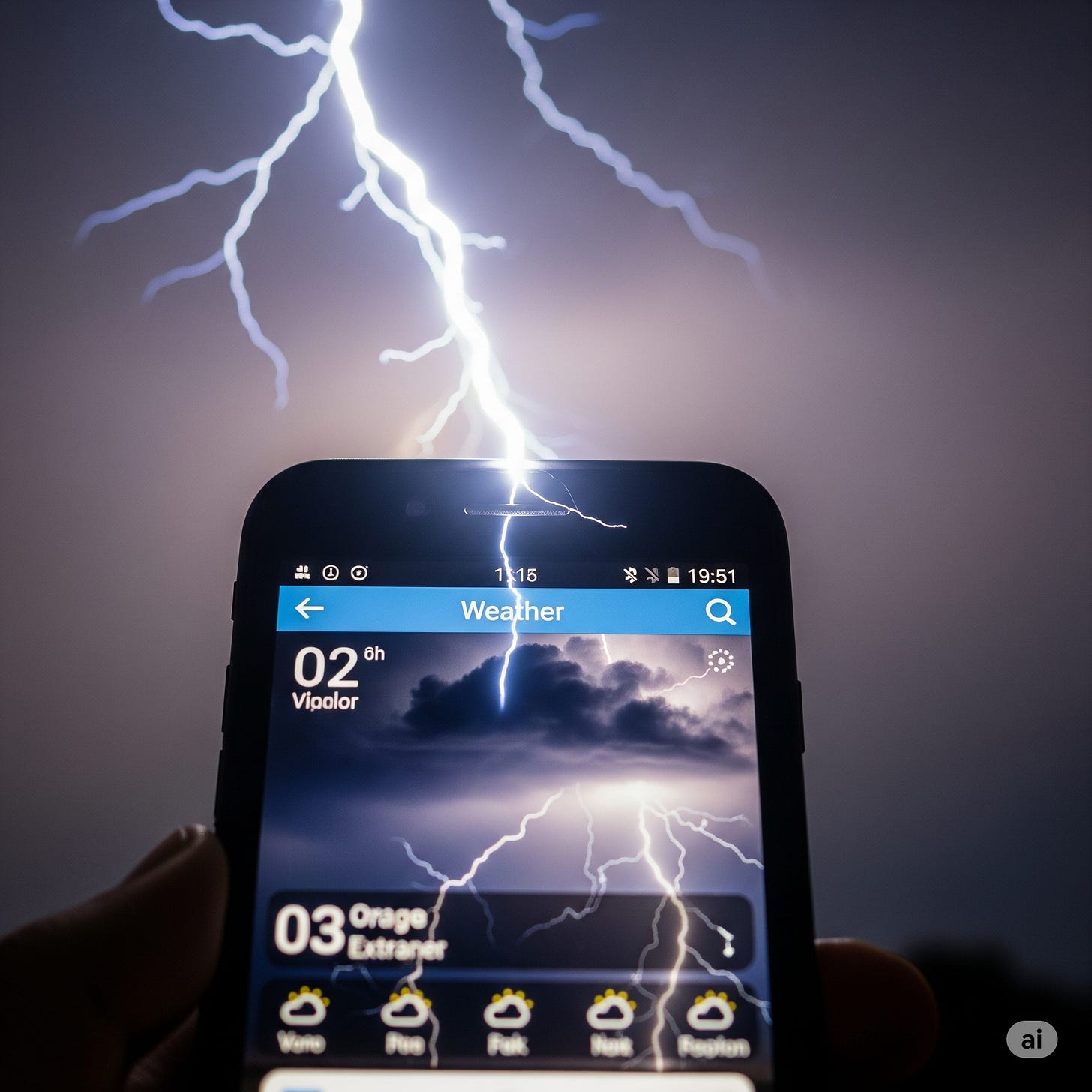Your Weather App Is About to Become Obsolete
The AI agent race isn't about better forecasts. It's about building personal concierges that make your current weather app look like a wall thermometer.
If your time to you is worth savin’
Then you better start swimmin’ or you’ll sink like a stone
For the times they are a-changin’
A recent deep dive into the next phase of artificial intelligence makes one thing brutally clear: we are on the verge of a technological shake-up as significant as the launch of the App Store itself. And it raises a critical question for a category that hasn't fundamentally changed in a decade:
Does this signal the end of the weather app as we know it?
The race to build useful AI agents isn't about making chatbots that can write a better poem. It's about creating autonomous "doers" that can perform complex, multi-step tasks in the real world on your behalf.
While we've all been focused on the flashy Large Language Models (LLMs), the real work is happening in the background, building the "plumbing" that connects these AIs to the tools and data they need actually to accomplish tasks.
And this is where your favorite weather app faces an existential crisis.
Currently, your weather app serves as an information provider. It's a digital window you look through. It might be a very shiny, well-designed window with beautiful radar maps, but all it does is show you what's outside.
The coming wave of AI agents won't just show you the window—they'll close it for you when it starts to rain, turn up your thermostat, and text your partner to remind them to grab an umbrella.
The key challenges the AI industry is solving right now are the very things that will transform weather services from passive apps into proactive concierges:
Connecting to Tools: An agent's true power comes from its ability to use other apps and APIs. This is the foundation for a weather service to finally break out of its data silo.
Gaining Permission: This is the game-changer. For an agent to truly serve you, it needs your permission and authorization to securely access your other data—your calendar, your flight details, your transit app, your health data. New standards and technologies are being built right now to solve this complex problem.
Think about the difference.
Today's Weather App: "There is an 80% chance of rain at 2 PM."
Tomorrow's Weather Agent: "I see you have 'Park Picnic with Sarah' on your calendar for 2 PM. There is now an 80% chance of rain starting at 1:30 PM. I've found three alternative indoor cafes nearby with great reviews that are available. Would you like me to reserve a table and text Sarah with the updated plan?"
It's about synthesizing information from your email, real-time flight tracking, and your calendar to deliver a complex, actionable answer.
That's the future. A weather concierge that doesn't just give you a forecast but integrates it with your life. It will know your flight is delayed due to a storm and can re-book your Uber. It will see that you have an outdoor run scheduled and, based on your health data and the air quality forecast, suggest a better time or an indoor alternative.
So yes, this is the beginning of the end for the weather app as we know it.
The era of single-purpose information apps is drawing to a close. The future isn't another beautifully designed radar map; it's a trusted, permissioned AI agent that manages the weather's impact on your life so you don't have to.
The question for every weather app developer today is simple: are you building a better window, or are you building the intelligent agent that will tell us when to close it?


